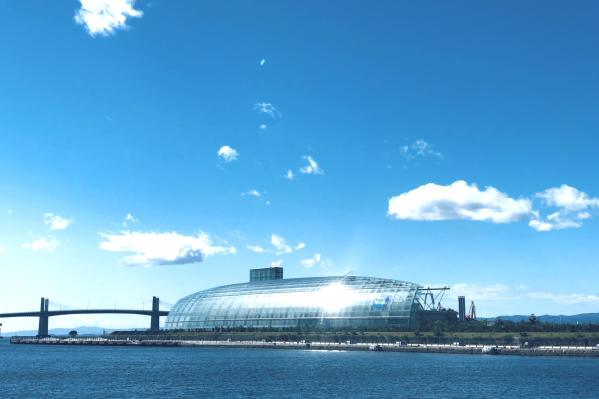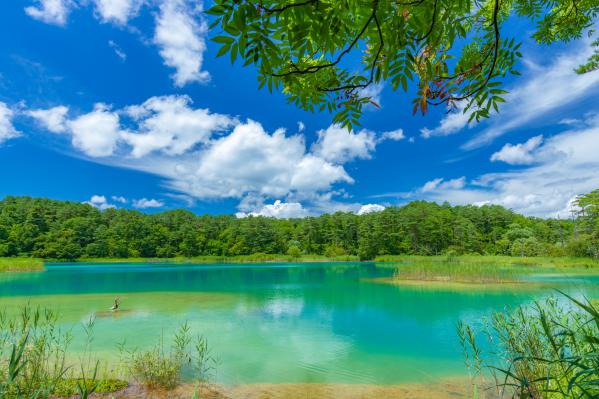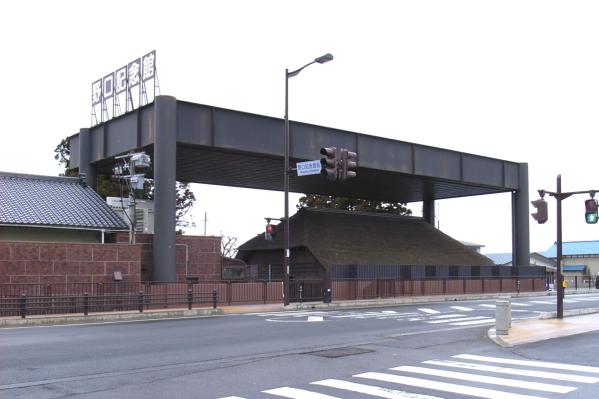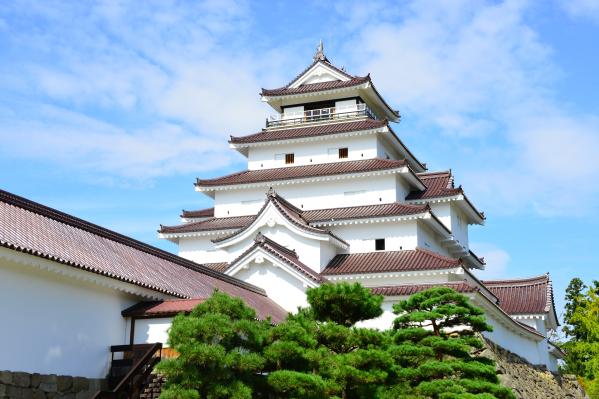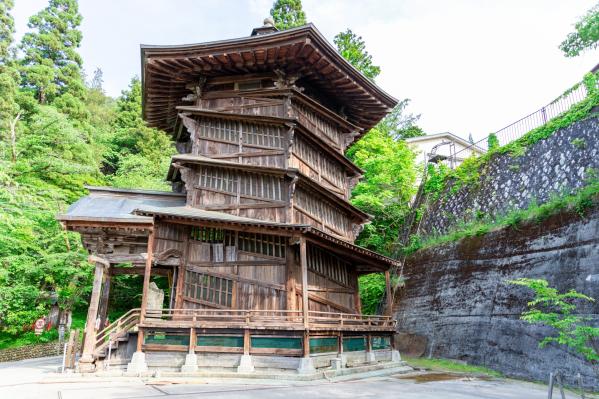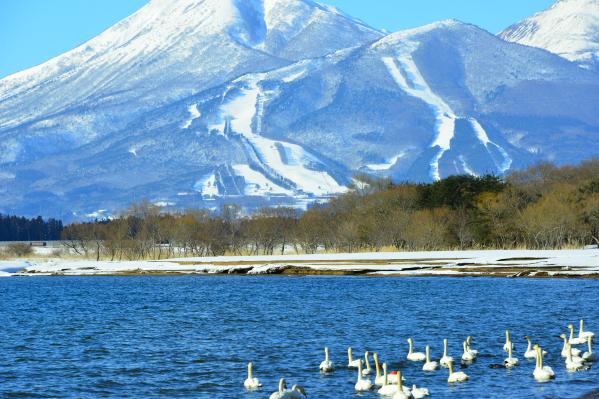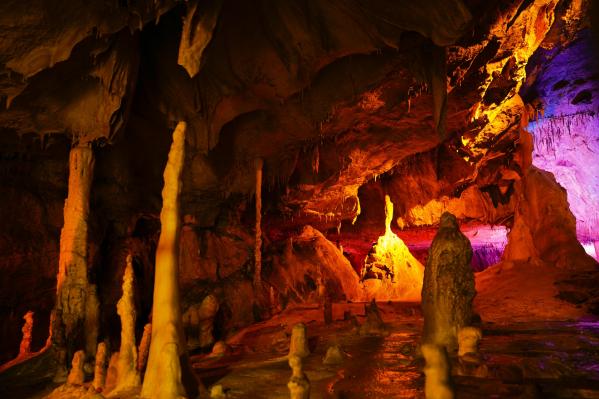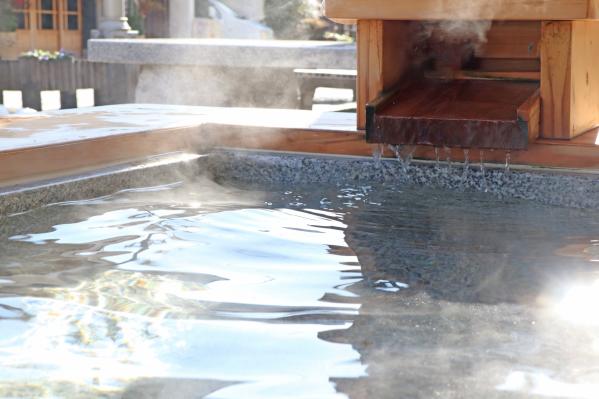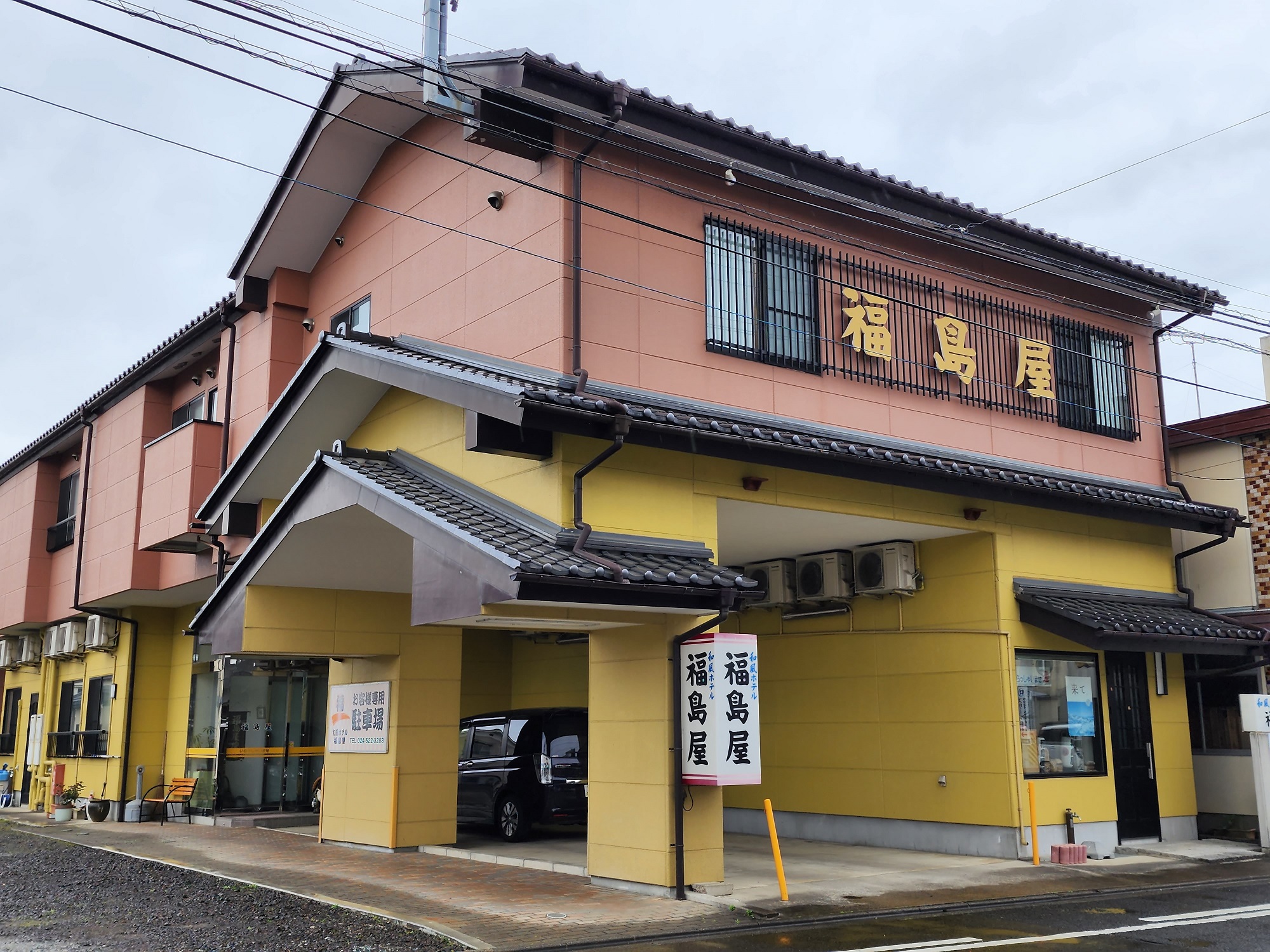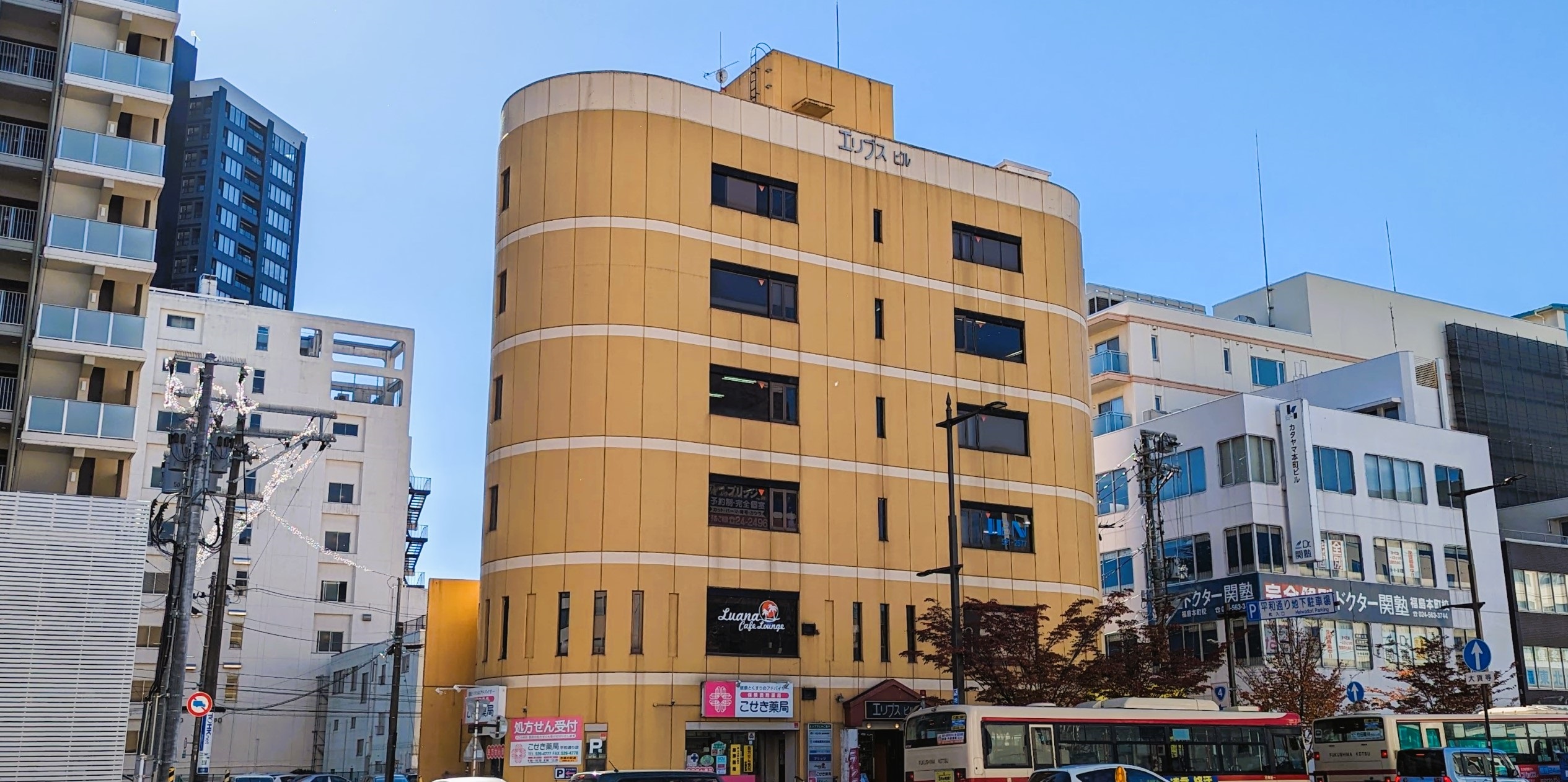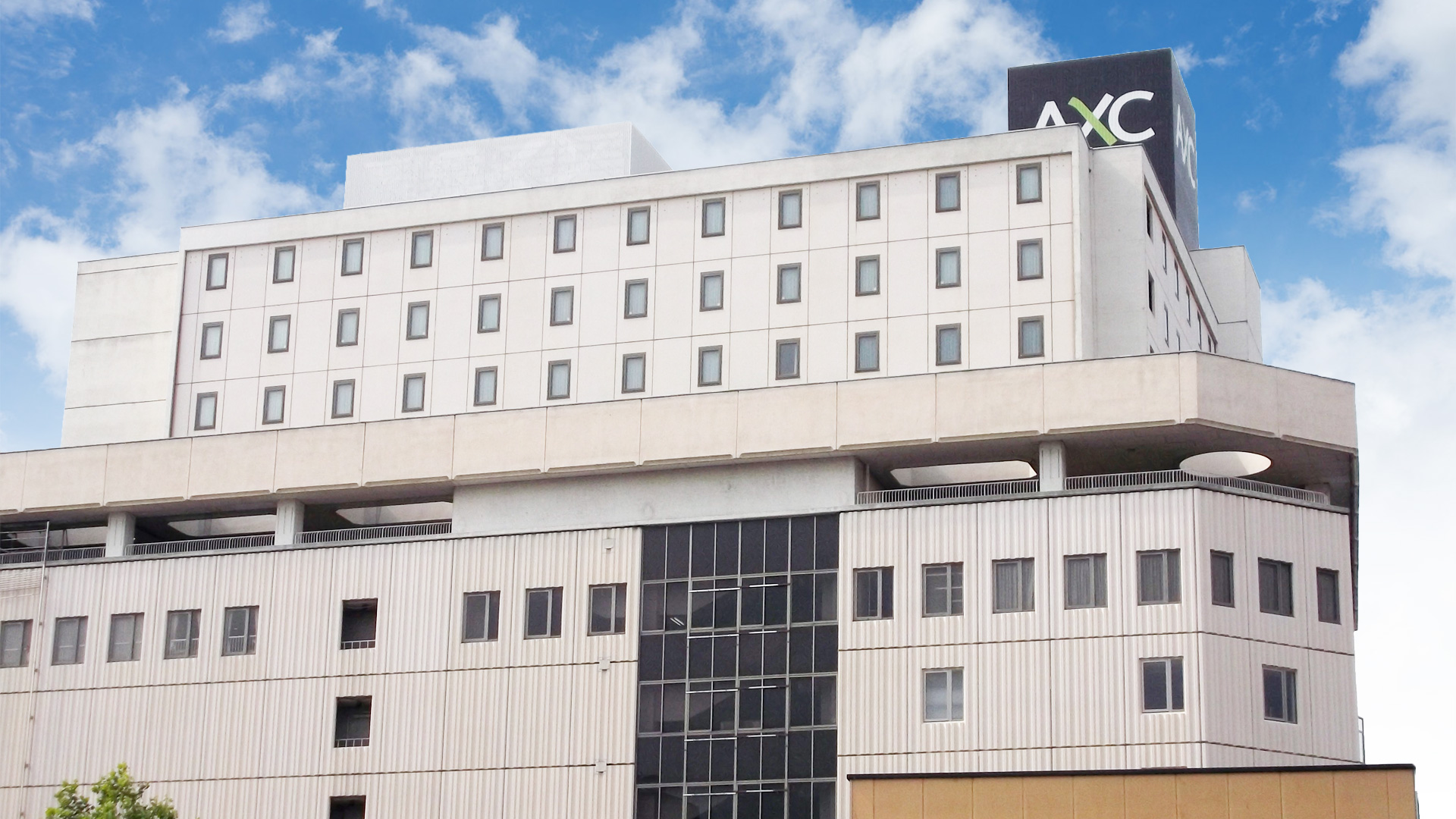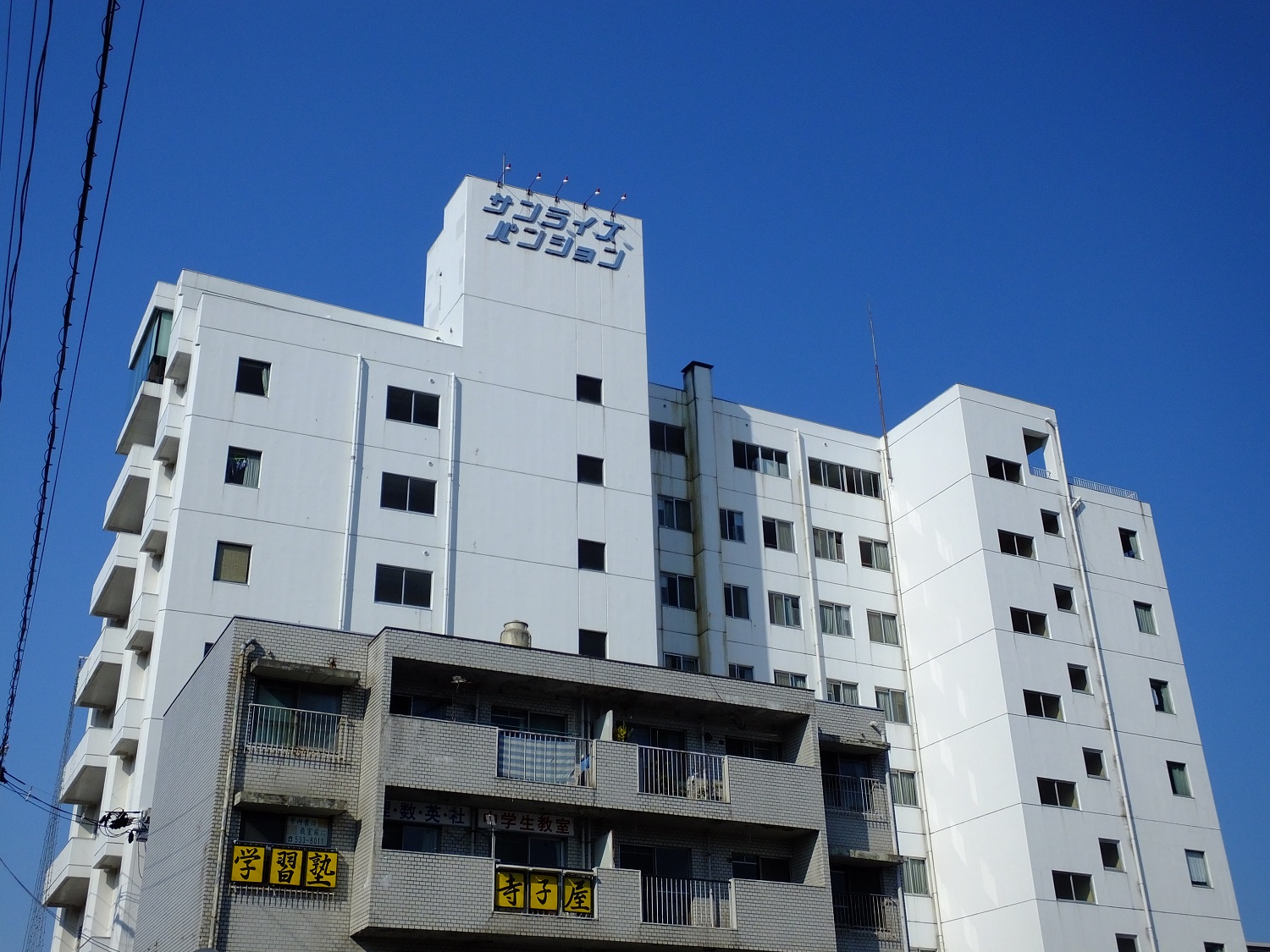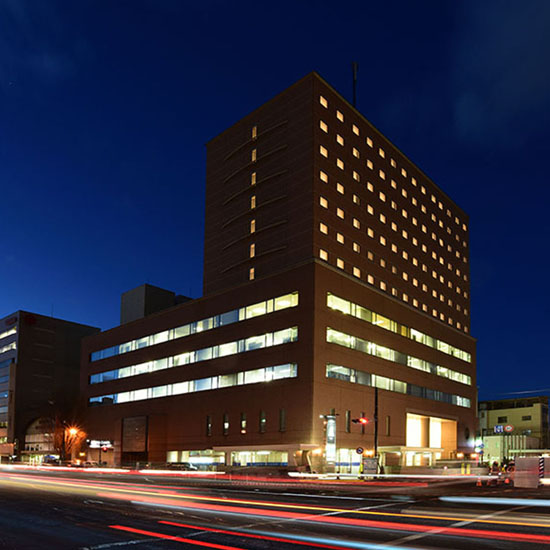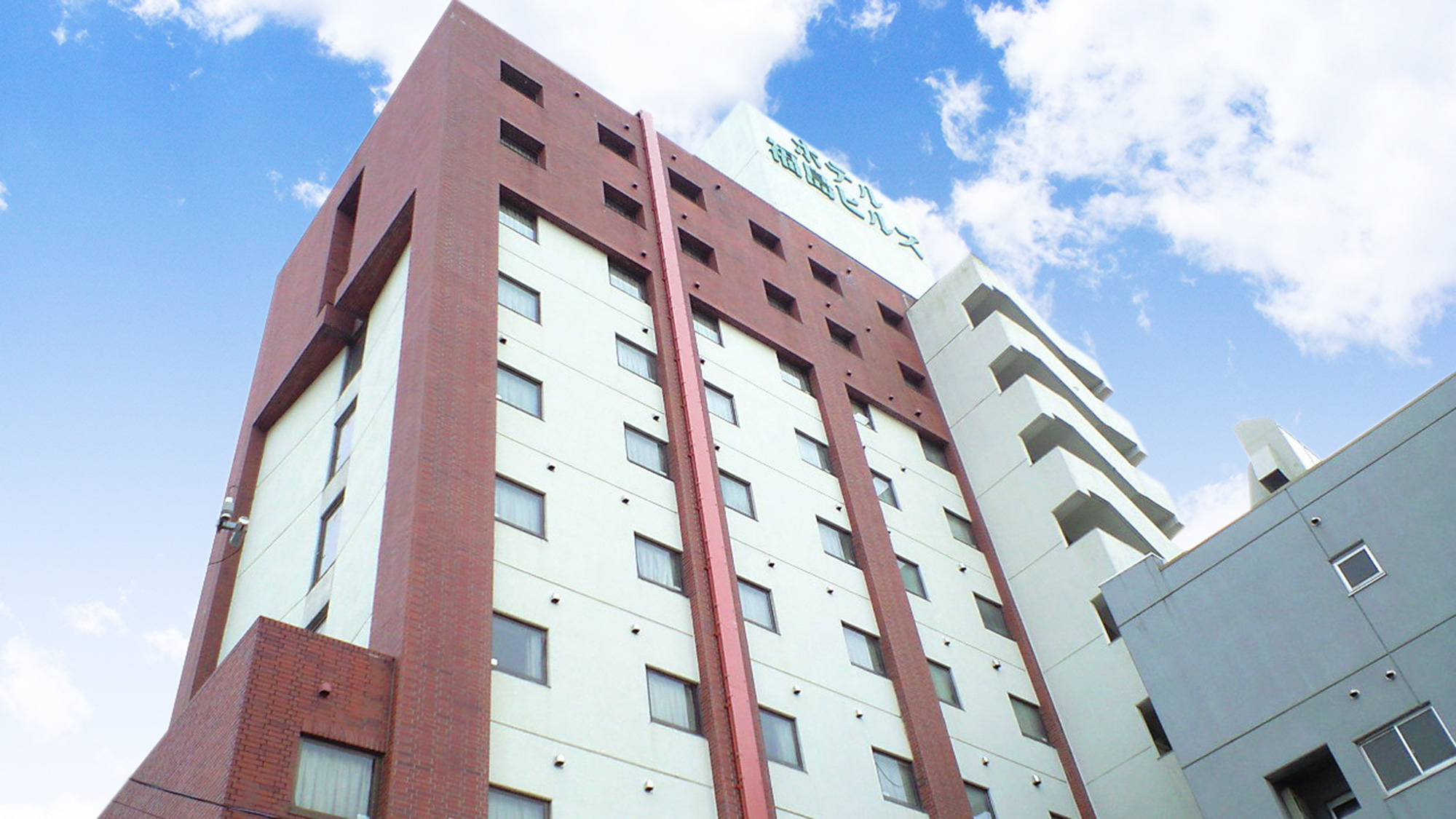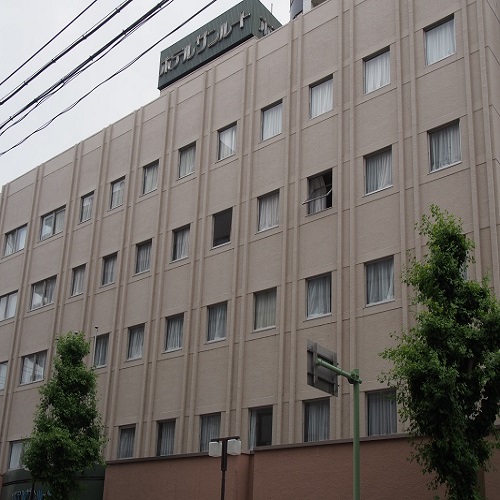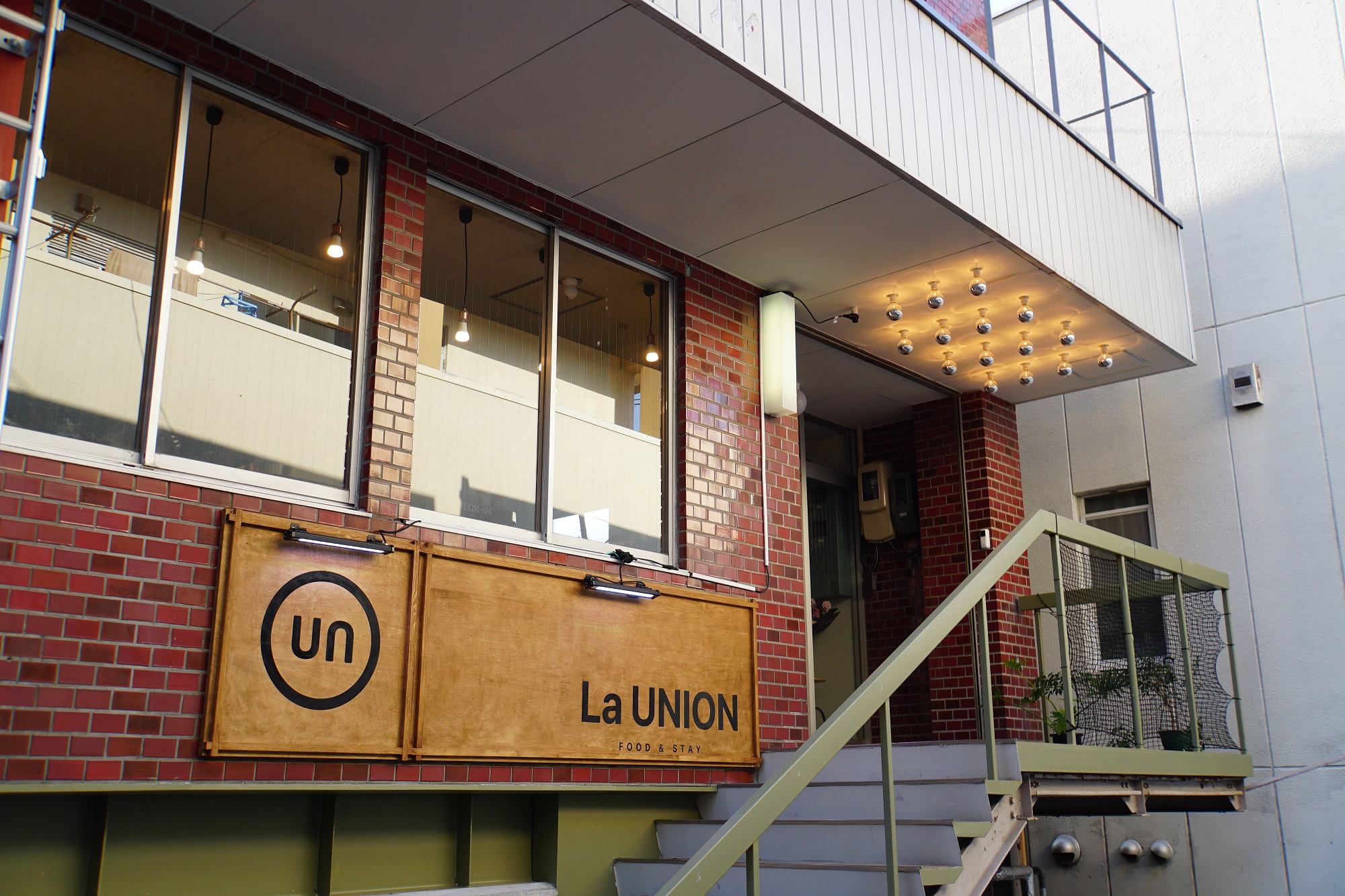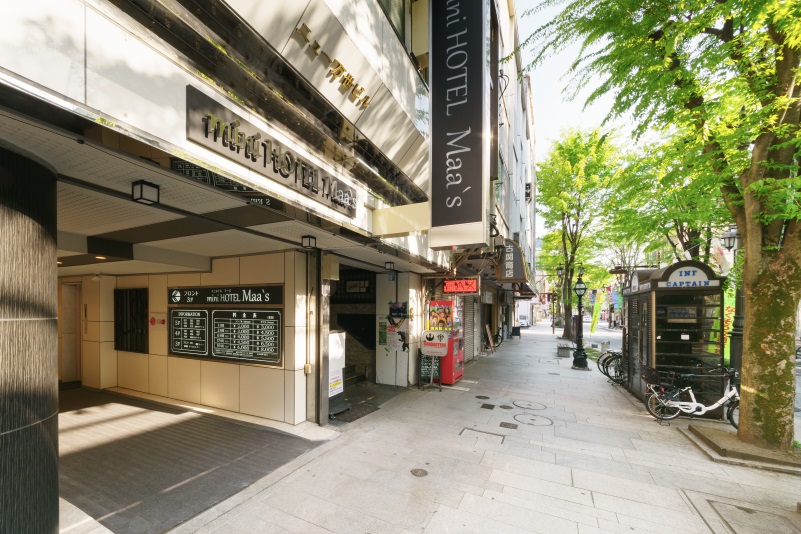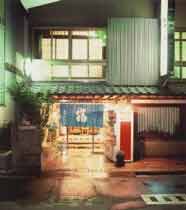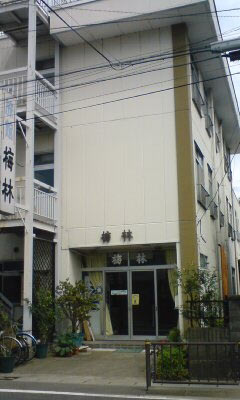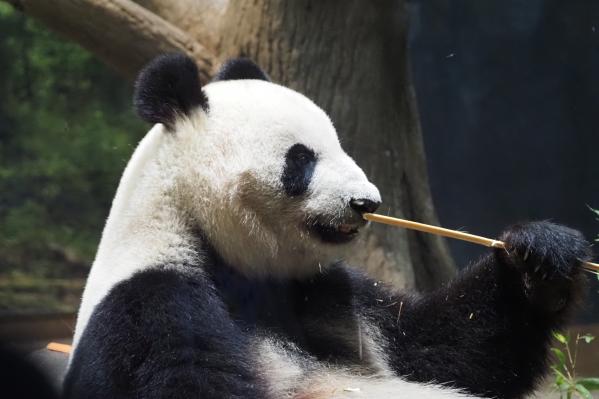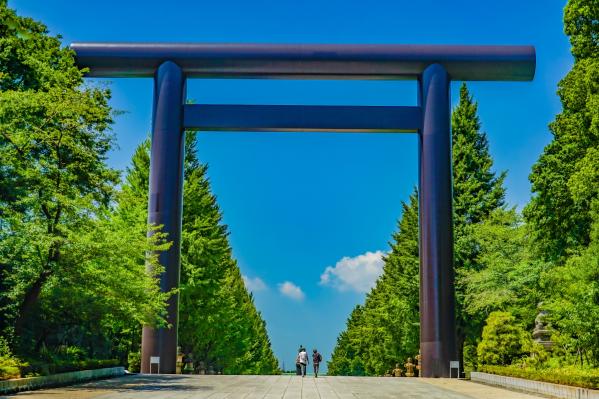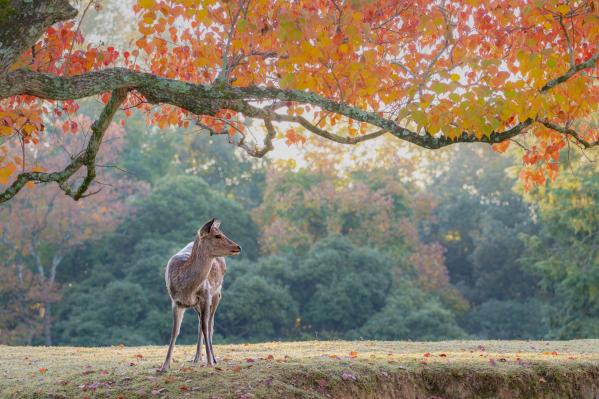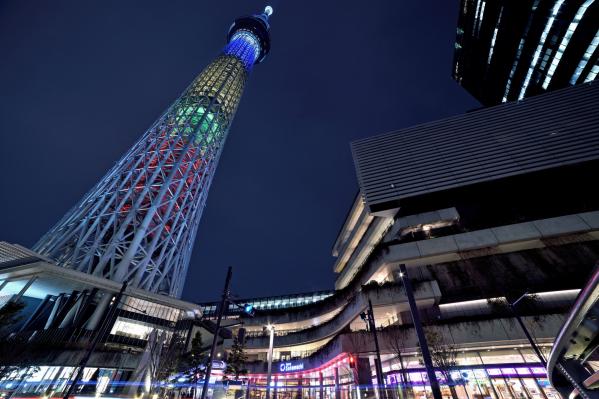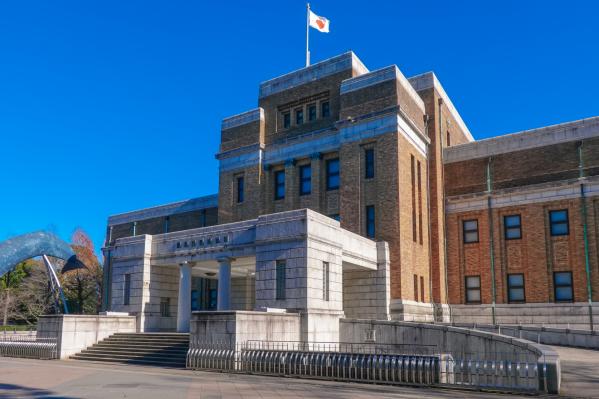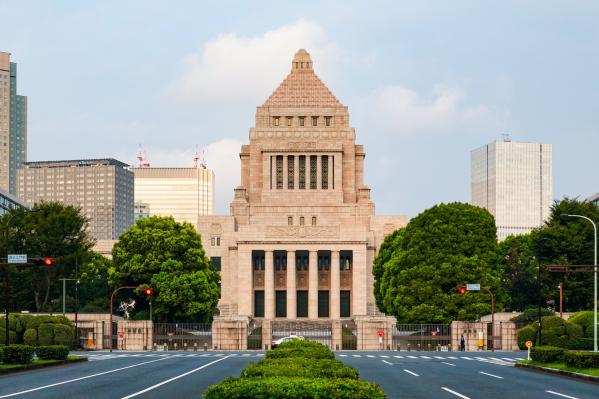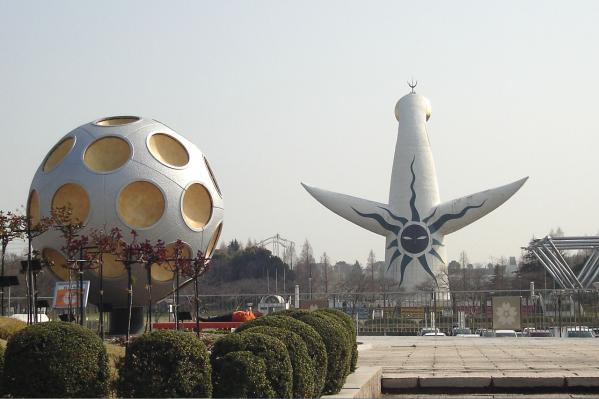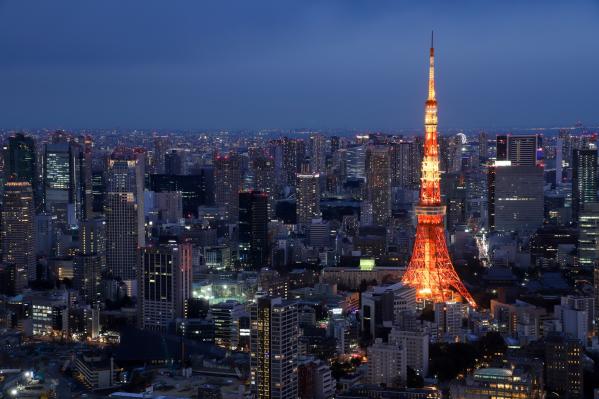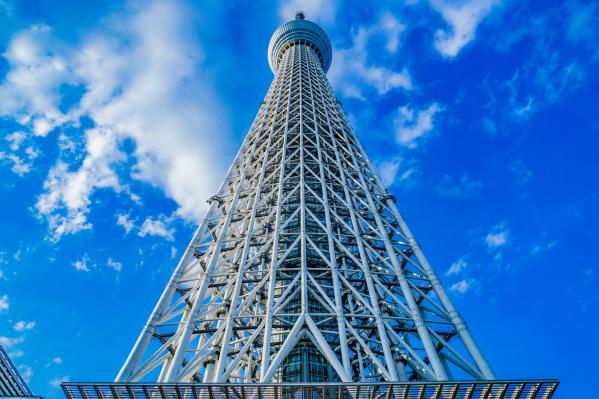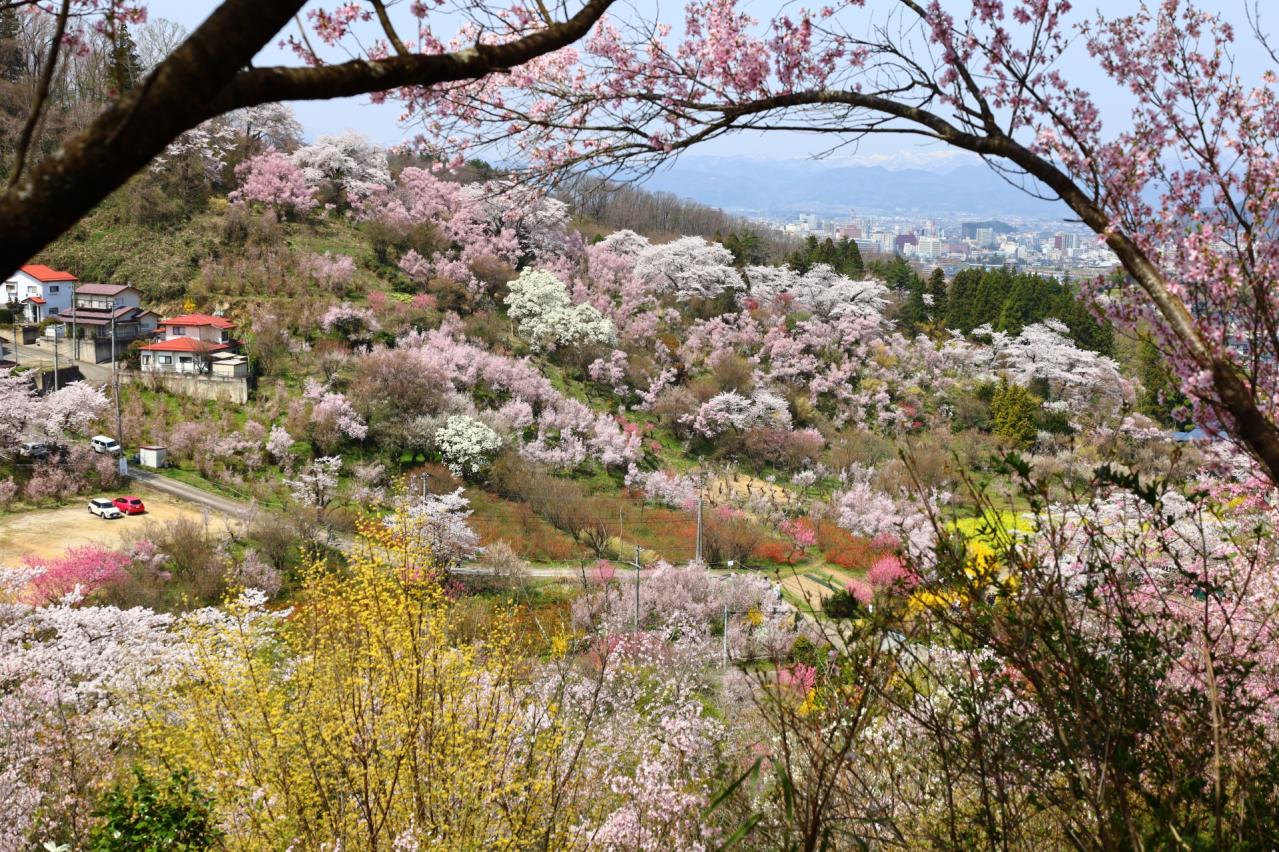
Hanamiyama Park
Basic Information
- Spot Name
- Hanamiyama Park
- Location
- 〒960-8141 Wataru, Fukushima City, Fukushima Prefecture
- Access
- Take the bus from Platform 8 at the East Exit of Fukushima Station, get off at Hanamiyama Entrance bus stop, and walk for about 25 minutes.
*During the cherry blossom season, a temporary bus service "Hanamiyama-go" operates to Hanamiyama Park. - Parking
- Parking available.
- Business Hours
- Free to explore.
- Regular Holiday
- Open year-round.
- Fees
- Free admission
- Contact Information
- Phone Number:024-531-6428
- Official Website
Map
Detailed Information
Hanamiyama Park is a renowned flower-viewing spot located in the Watari district of Fukushima City. It gained widespread recognition thanks to the late Shōtarō Akiyama, a prominent Japanese photographer, who praised it as "a paradise on Earth in Fukushima." His frequent visits for photography helped introduce the park to audiences nationwide. The park features flower fields, small streams, and the original scenery of a satoyama (village forest) landscape, all lovingly nurtured by generations of local flower farmers, captivating all who visit.
The park originated from the Abe family, who transitioned from silkworm farming to flower cultivation between the Taisho era and early Showa period. They cleared a woodland area in front of their home to plant flowers, hoping to share its beauty with many. In 1959, they opened the fields to the public, and since then, it has been cherished as a representative tourist destination of Fukushima.
In spring, approximately 70 different species of flowers including ume (plum blossoms), tokaizakura (Prunus serrulata var. spontanea), higanzakura (eastern hill cherry), someiyoshino (Japanese cherry), renge (forsythia), boke ( Japanese flowering quince), hanamomo (flowering peach), and mokuren (magnolia) bloom in succession, painting the entire mountain in soft pinks and yellows, creating a truly stunning spectacle of floral beauty. Due to the diversity of flowers, the peak viewing season stretches from late March to late April, allowing visitors to enjoy different aspects with each visit. At the foot of the mountain, canola flowers planted by local elementary school students add to the vibrant scenery.
From the summit, you can overlook the city of Fukushima, and enjoy the flowers set against the majestic backdrop of the Azuma and Adatarayama mountain ranges. In early spring, the remaining snow on Azuma Kōfu forms a shape known as the "Azuma Snow Rabbit", creating a delightful contrast with the blossoms.
The park features three scenic walking courses, lasting 30, 45, or 60 minutes, allowing visitors to enjoy the views at their own pace. Additionally, guests can take guided tours with volunteer guides known as "Fukushima Flower Guides", gaining deeper insights into the charm of the flowers.
The landscape of Hanamiyama Park, which symbolizes the spring of Fukushima, truly represents a "paradise on Earth." Surrounded by a patchwork of colorful flowers, visitors can spend a dreamlike moment in its beauty. Today, it attracts numerous tourists from both Japan and abroad, becoming a proud tourist spot for Fukushima City.
Hanamiyama Park Movies
Fukushima Tourist Attractions
View ListAqua Marine Fukushima
Aqua Marine Fukushima is an aquarium themed around the "confluence of currents," where the cold and warm ocean currents meet. Inside the facility, you can experience...
Goshikunuma
The Goshikinuma Pond Group in Urabandai, Fukushima Prefecture, is a mysterious cluster of lakes created by a landslide during the volcanic explosion of Mount Bandai ...
Hideyo Noguchi Memorial Museum
The Noguchi Hideyo Memorial Museum is a facility that introduces the life and achievements of the bacteriologist Hideyo Noguchi, known for his portrait on the 1,000 ...
Tsuruga Castle
Tsurgasaki Castle, also known as "Aizu Castle" or "Aizuwakamatsu Castle," is famed for withstanding the fierce assaults of the new government forces during the Boshi...
Aizu Sazaedo
The Aizu Sazae-do is a three-story wooden hexagonal structure built in 1796 on Mount Iimori in Aizuwakamatsu City, Fukushima Prefecture. Its official name is "Entsu ...
Lake Inawashiro
Lake Inawashiro is Japan's fourth largest lake, boasting a vast area of approximately 100 square kilometers. With its high transparency, it is also known as "Tenkyok...
Abukuma Cave
Abukuma Cave is a tourist destination that boasts the beauty of natural formations created over eons. The cave, spanning approximately 600 meters in length, is home ...
Iizaka Onsen
Iizaka Onsen, a representative hot spring district of the Tohoku region, is a historic and beloved spa that has been visited by famous literary figures such as Matsu...








